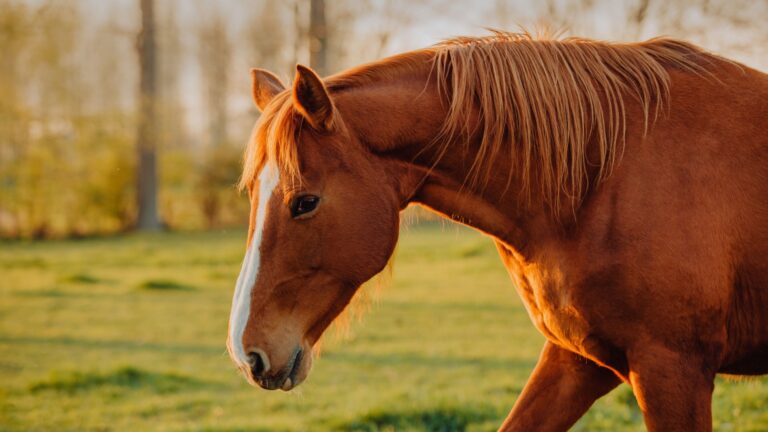22 Ways You’re Triggering Your Dog’s Anxiety

Have you ever wondered why your furry friend seems on edge lately?
Dogs, much like humans, have their quirks and triggers. Knowing what sets off their anxiety can help create a more harmonious environment for both you and your pet.
Here are surprising ways you might be unknowingly contributing to your dog’s stress, along with some tips to help your canine companion feel more relaxed and secure.
1. Constantly Changing Routine

Routine is comfort, and dogs thrive on predictability. Imagine waking up every day unsure of what’s next.
That’s how your dog feels when their routine shifts frequently. Meals at erratic times or unpredictable walks can leave your furry friend feeling uneasy.
Establishing a consistent schedule helps your dog feel secure. Regular meal times, walks, and play sessions allow them to anticipate what’s coming, reducing their anxiety significantly.
2. Loud Noises

Thunder, fireworks, or even the clamor of a bustling household can startle dogs. Loud noises can feel overwhelming, leaving them anxious and frightened.
Creating a safe, quiet space where they can retreat during noisy events is crucial. Using calming music or noise-canceling devices can also help soothe their nerves.
3. Lack Of Socialization
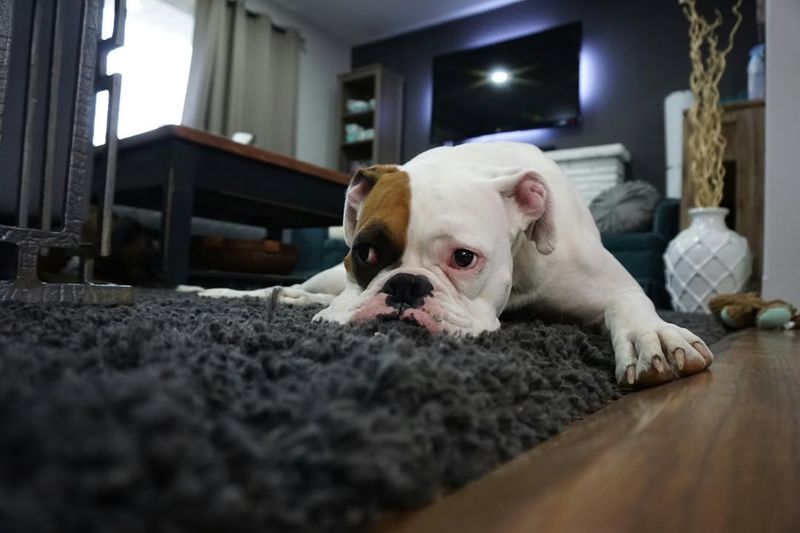
Dogs are social creatures, and isolation can be distressing. Without regular interaction with other dogs or people, they may become anxious or fearful.
Introduce your pup to new friends slowly, in controlled environments, to build their confidence. Dog parks, playdates, or training classes can be great opportunities for positive social experiences.
4. Separation From Owner
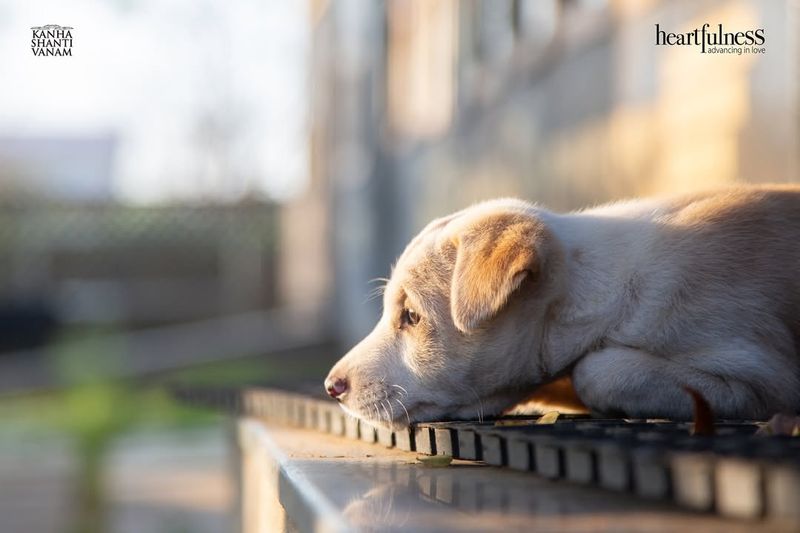
Leaving your dog alone can be upsetting for them, especially if they’re used to your constant presence. Separation anxiety manifests in destructive behavior or excessive barking.
Gradual training can help ease their anxiety. Start with short departures, gradually increasing the time apart, always returning with positive reinforcement.
Consider interactive toys or leaving a piece of your clothing with your scent.
5. Inconsistent Training

Imagine learning something new without consistency – frustrating, right? Dogs feel the same with erratic training. Mixed signals can confuse them, leading to anxiety.
Stick to clear, consistent commands and positive reinforcement. Consistency helps your dog understand expectations, building their confidence and reducing anxious behavior.
6. Negative Reinforcement

Using harsh tone or punishment can damage trust and increase anxiety. Dogs respond better to kindness and encouragement rather than fear.
Focus on rewarding good behavior instead of scolding mistakes. Positive reinforcement builds a loving bond, helping your dog feel secure and understood.
A nurturing approach fosters confidence and reduces stress, making learning enjoyable and effective for both of you.
7. Lack Of Exercise

Pent-up energy can lead to anxiety in dogs. Without sufficient exercise, they may exhibit nervous or destructive behavior.
Regular walks, playtime, and engaging activities are vital for their mental and physical health. Explore new parks, try agility training, or simply enjoy a game of fetch.
8. Overstimulation

Too much excitement can be overwhelming. Constant stimulation from toys, guests, or loud environments can leave a dog anxious and exhausted.
Provide a designated calm space where they can retreat to relax. Balance active play with quiet time to help your dog recharge.
Finding a happy medium between fun and tranquility ensures your dog remains balanced and serene.
9. Changes In Environment

Moving to a new home or rearranging furniture can unsettle dogs. New environments come with unfamiliar smells and sounds, sparking anxiety.
Introduce changes gradually, allowing time for adjustment. Familiar items, like beds and toys, provide comfort amidst the newness.
10. Lack Of Mental Stimulation
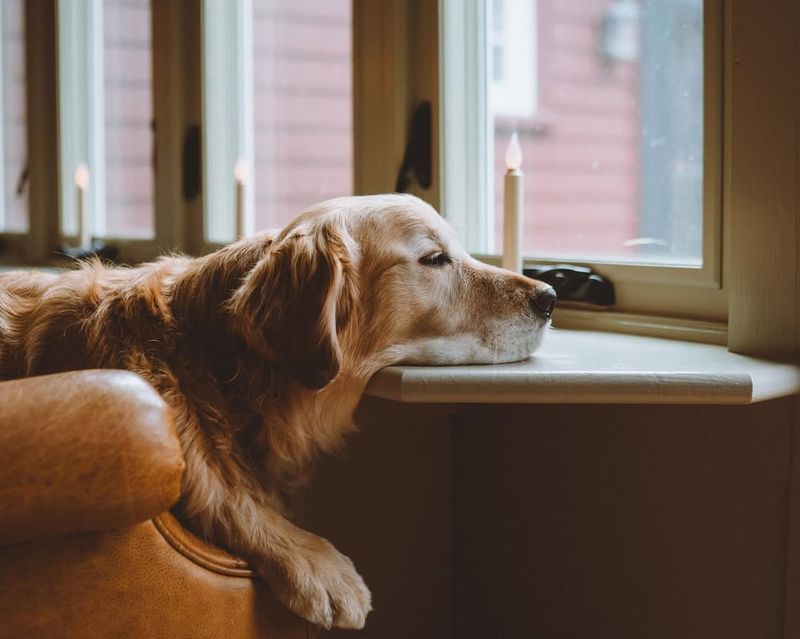
Without mental challenges, dogs can become bored and anxious. Their intelligent minds need engaging activities to stay sharp and content.
Puzzle toys, training exercises, or interactive games stimulate their curiosity and satisfy their need for mental engagement.
A mentally stimulated dog is a content dog, thriving on the joy of learning and exploration.
11. Inadequate Diet

Diet impacts mood, and poor nutrition can lead to anxiety. An unbalanced diet might not meet their nutritional needs, affecting overall well-being.
Consult with a vet to ensure a balanced, nutritious diet tailored to your dog’s specific needs. Quality food contributes to a happy mood.
12. Unfamiliar People Or Animals
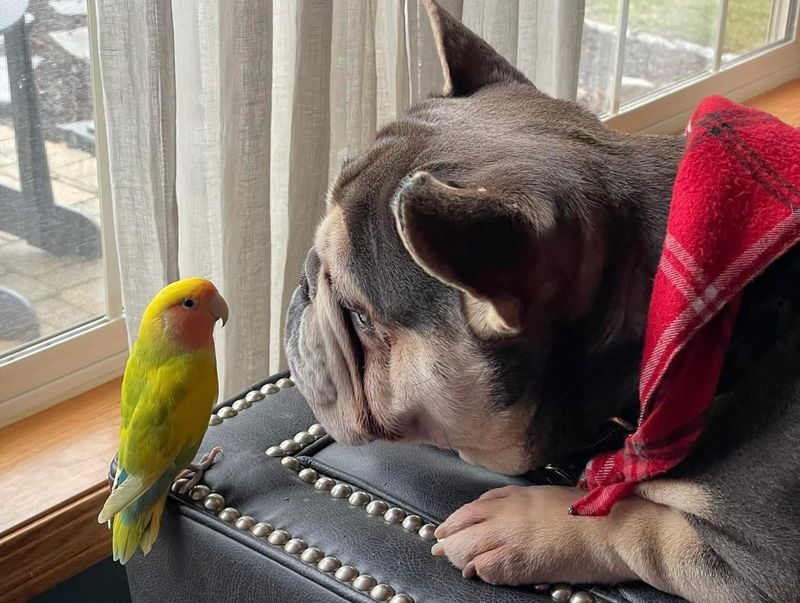
Meeting new faces or encountering strange animals can be intimidating for dogs. Unfamiliarity breeds anxiety when they feel threatened or unsure.
Slow introductions with positive reinforcement can ease their tension. Allow your dog to approach new situations at their own pace.
13. Pain Or Illness

When a dog feels unwell, anxiety can intensify. Physical discomfort or illness may cause behavioral changes.
Regular vet check-ups ensure any health issues are promptly addressed. Look for signs of discomfort like limping or changes in appetite.
A healthy dog is a happy dog, free from the anxiety that pain can bring.
14. Unpredictable Weather
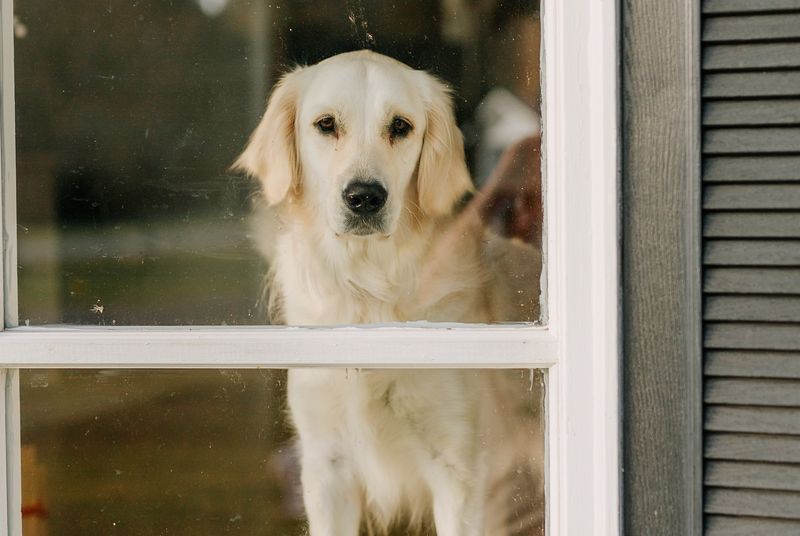
Weather changes can be as unsettling for dogs as they are for people. Thunderstorms, heavy rain, or sudden temperature shifts can trigger anxiety.
Create a cozy spot for your dog during storms, perhaps with their favorite blanket or a calming toy.
Understanding their sensitivity and providing comfort can turn turbulent weather into an opportunity for bonding and reassurance.
15. Lack Of Safe Space
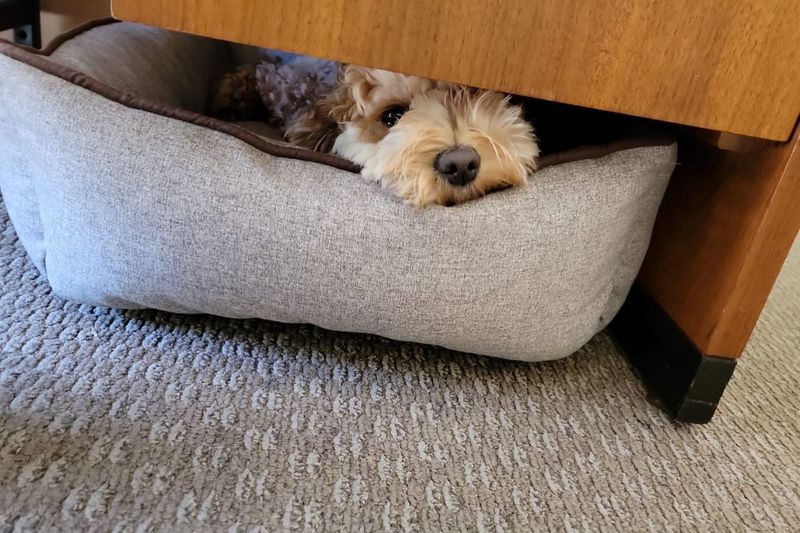
Every dog needs a sanctuary – a place they can retreat to when the world feels overwhelming. Without this, anxiety can creep in.
Designate a quiet, cozy corner with familiar items where they can relax undisturbed. A crate or a comfy bed can become their haven.
16. High Expectations
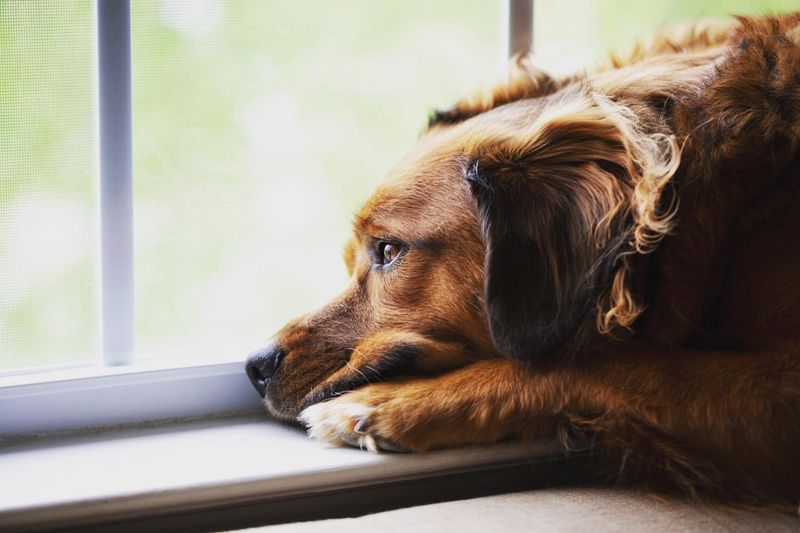
Pushing your dog too hard during training can lead to anxiety. High expectations without understanding their limits can be overwhelming.
Patience and realistic goals foster a positive learning experience. Celebrate small victories and progress at a comfortable pace.
Understanding and respecting your dog’s unique abilities makes training enjoyable and stress-free.
17. Sudden Changes In Routine
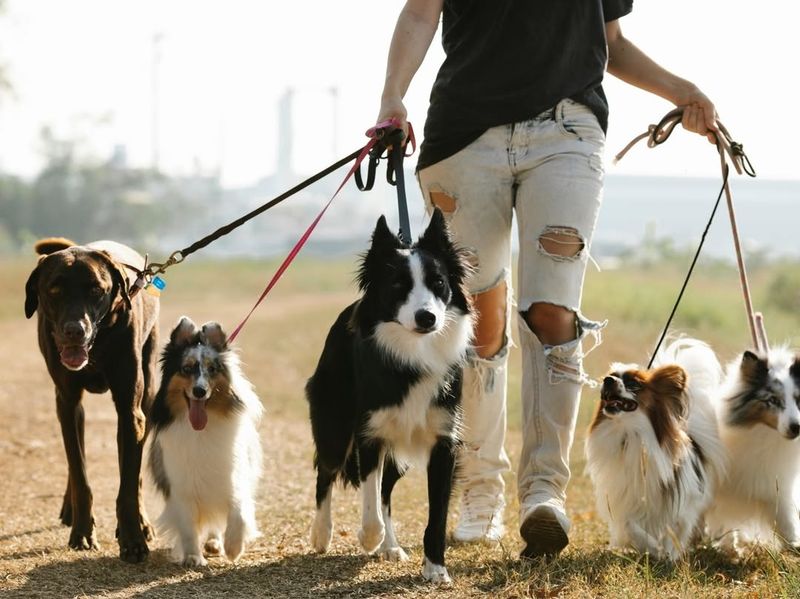
Just like us, dogs can be thrown off-balance by sudden routine changes. Whether it’s meal times or walk schedules, inconsistency can lead to stress.
Gradually introduce changes to minimize anxiety. Consistency is reassuring and helps your dog adjust more smoothly.
18. Lack Of Comfort Items
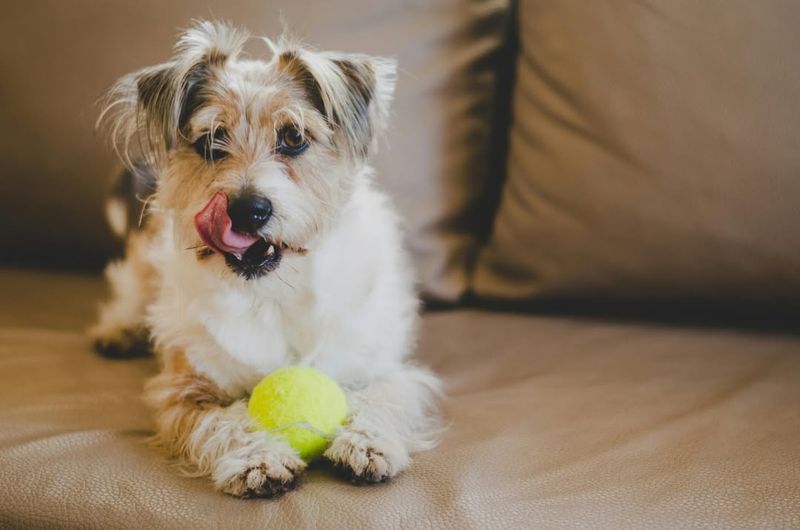
Comfort items provide emotional security. Without them, dogs may feel anxious and disconnected.
Ensure your dog always has access to their favorite toys or blankets, especially in new or stressful situations. Familiar scents and textures offer reassurance.
Comfort items are more than just objects – they’re a source of solace and stability.
19. Overcrowded Living Space
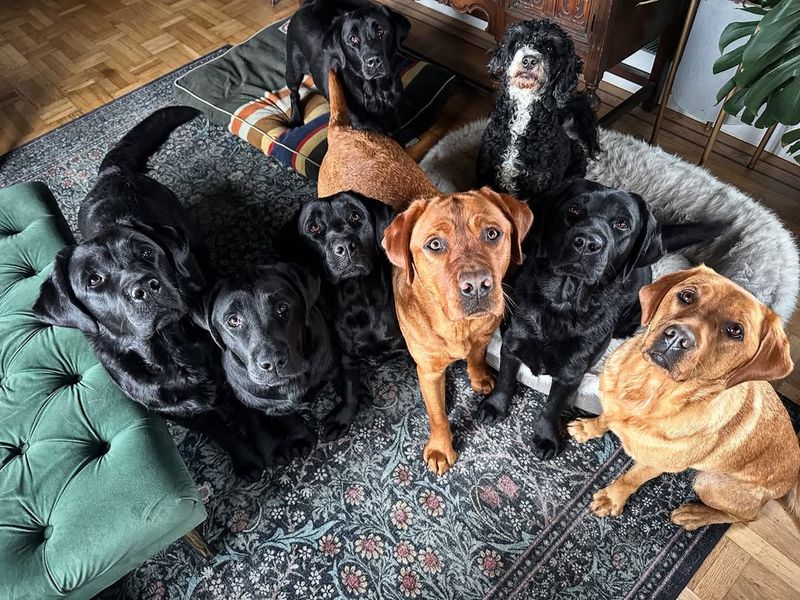
Too much crowding can make dogs feel trapped and anxious. A cluttered space limits their freedom to move and relax.
Create a spacious, organized environment with room for your dog to roam and rest comfortably.
A tidy space contributes to a peaceful mind, allowing your dog to thrive without stress or confinement.
20. Lack Of Routine
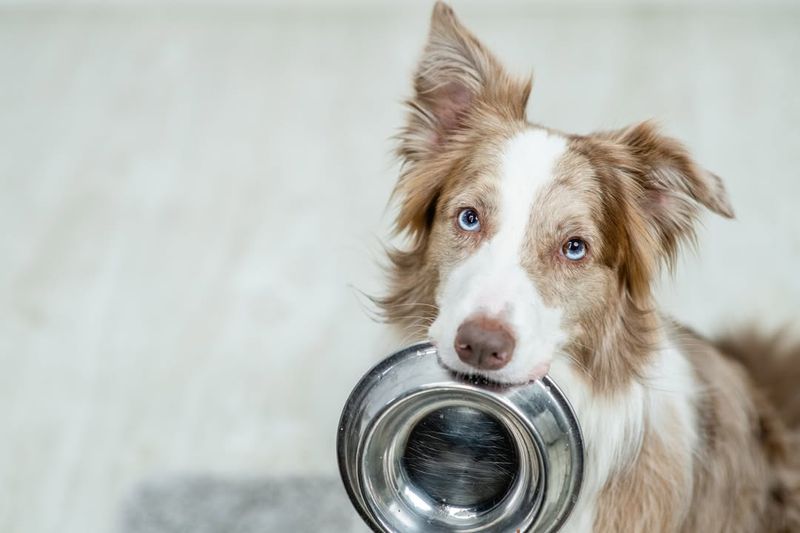
For dogs, the absence of routine can be unsettling. An unpredictable lifestyle leaves them unsure of what’s coming next, which can lead to anxiety.
Implement a steady schedule for feeding, walking, and playtime. Consistency makes life predictable and comforting for your dog.
A routine brings a sense of normalcy and security, easing their mind and promoting well-being.
21. Overprotective Behavior
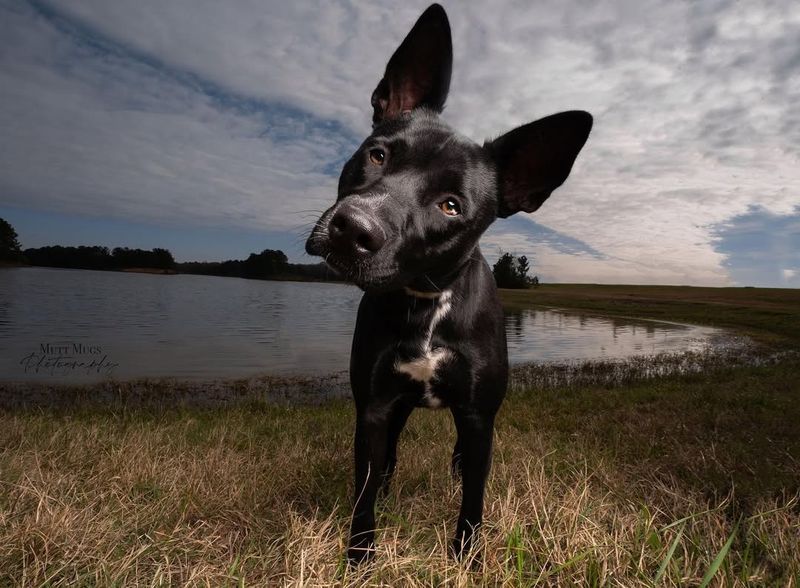
While protection is natural, being overly protective can stifle a dog’s independence and lead to anxiety. Dogs need to explore to learn and grow.
Allow your dog the freedom to experience the world, with gentle guidance rather than strict control.
Balancing freedom with protection helps build their confidence, allowing them to face challenges with assurance.
22. Poor Grooming Habits
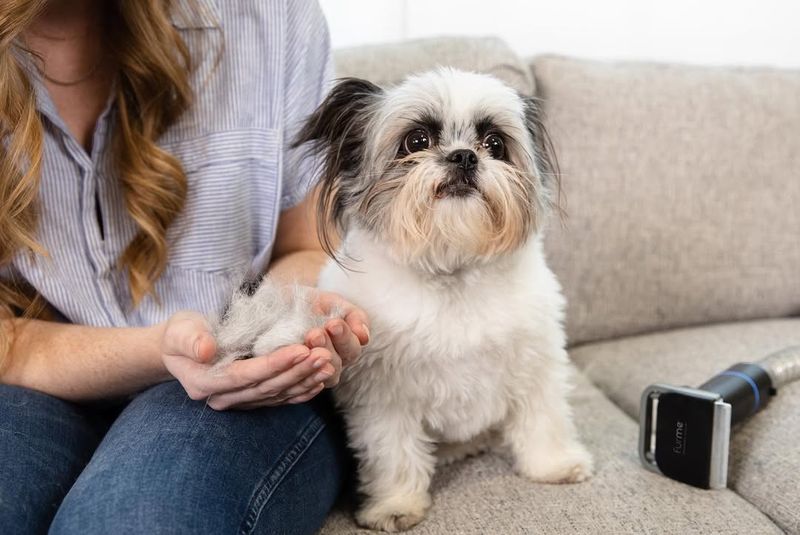
Neglecting grooming can affect a dog’s comfort and confidence. Tangled fur or overgrown nails can cause discomfort, leading to anxiety.
Regular grooming sessions ensure your dog feels clean, comfortable, and cared for. It’s also an opportunity for bonding.




